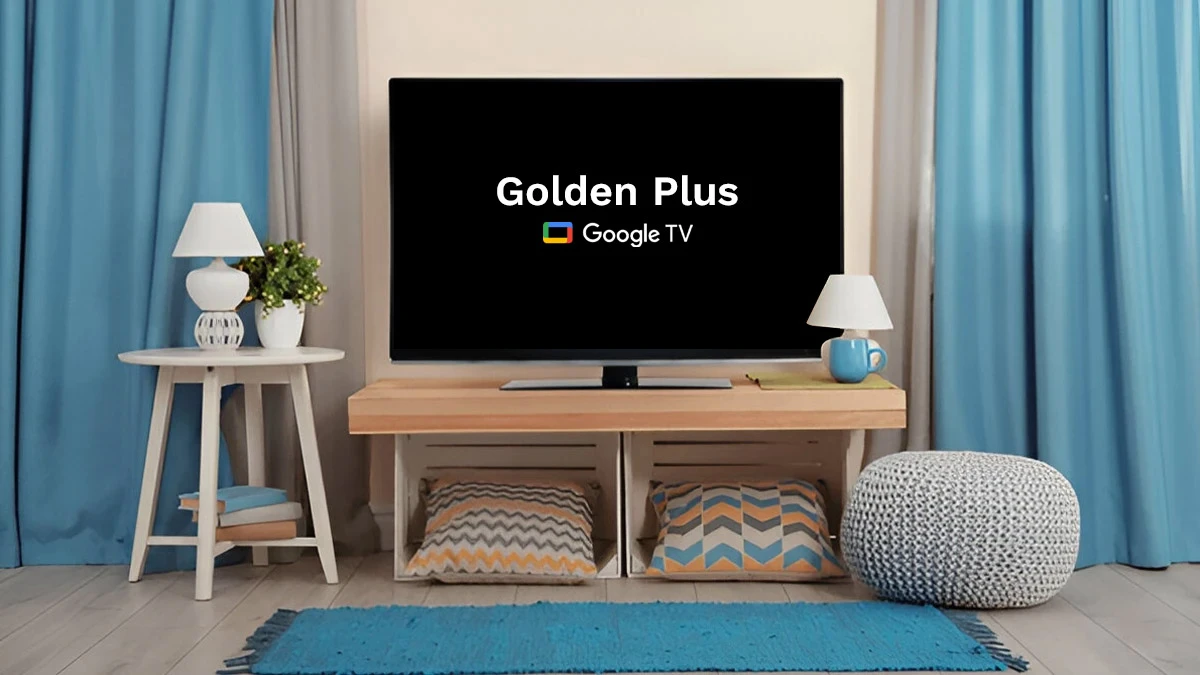
How to Choose the Best LED TV for Your Home in 2025
20 Mar, 2025
Before choosing an LED TV, set a budget that aligns with your needs. LED TVs come in various price ranges, from budget-friendly to high-end models. Consider what features are essential and how much you're willing to spend.
Choose the Right Screen Size
The screen size should match the room’s dimensions. Measure the viewing distance and choose accordingly:
- 32-43 inches for small rooms
- 50-65 inches for medium rooms
- 75 inches or larger for large spaces
Understand Display Technology
LED TVs have various display technologies, including OLED, QLED, and Mini-LED. OLED offers deep blacks and better contrast, QLED provides vibrant colors, and Mini-LED enhances brightness. Choose based on your viewing preferences.
Check the Resolution
Higher resolution ensures better picture quality. Common resolutions include:
- HD (720p): Suitable for small screens
- Full HD (1080p): Ideal for budget buyers
- 4K Ultra HD: Standard for modern TVs
- 8K Ultra HD: Best for future-proofing, though content availability is limited
Refresh Rate Matters
A higher refresh rate results in smoother motion. Standard TVs have 60Hz, while premium models offer 120Hz or more, improving gaming and sports viewing experiences.
Smart TV Features
Most LED TVs now come with smart features. Look for TVs with popular operating systems like:
- Android TV
- WebOS (LG)
- Tizen (Samsung)
- Roku TV Ensure it supports streaming apps like Netflix, YouTube, and Disney+.
HDR Support for Better Colors
High Dynamic Range (HDR) enhances contrast and colors. Look for HDR10, Dolby Vision, or HLG support for an improved viewing experience.
Sound Quality and Audio Features
Built-in speakers vary in quality. Look for TVs with Dolby Atmos or DTS:X support for immersive sound. Consider adding a soundbar for better audio quality.
Connectivity Options
Ensure your TV has adequate ports and connectivity features:
- HDMI ports (preferably HDMI 2.1 for gaming)
- USB ports
- Bluetooth and Wi-Fi support
- Optical audio output for sound systems
Gaming and VRR Support
Gamers should look for TVs with Variable Refresh Rate (VRR), low input lag, and HDMI 2.1 support for the best experience with next-gen consoles.
Energy Efficiency and Power Consumption
Look for ENERGY STAR-certified TVs that consume less power, saving electricity in the long run.
Brand Reputation and Warranty
Choose reputable brands like Samsung, LG, Sony, TCL, and Hisense. Check for warranty periods and after-sales service options.
Viewing Angles and Anti-Glare Features
If multiple people watch TV from different angles, choose a TV with good viewing angles and anti-glare technology for optimal picture clarity.
Customizable Picture Settings
Some high-end models allow for custom calibration, enabling you to fine-tune brightness, contrast, and color settings for the best display experience.
Wall Mount vs. Stand Installation
Decide whether you want to mount the TV on the wall or use a stand. Ensure you have the right accessories for installation.
Software Updates and Future-Proofing
Regular software updates enhance TV performance. Check if the TV receives firmware updates to stay up-to-date with the latest features.
Customer Reviews and Expert Opinions
Before making a purchase, read customer reviews and expert ratings to ensure you’re getting the best LED TV for your needs.
Conclusion
Choosing the best LED TV for your home in 2025 requires balancing budget, features, and future-proofing. Consider screen size, resolution, smart features, audio quality, and connectivity to make an informed decision. Happy TV shopping!



